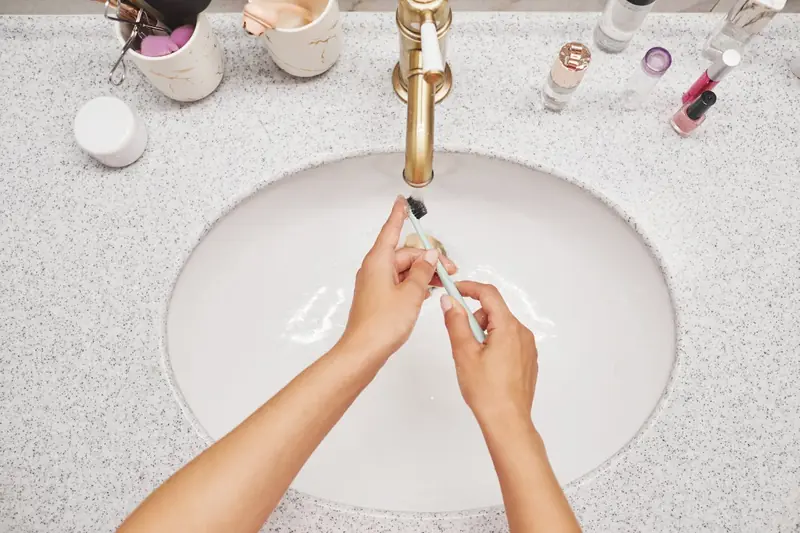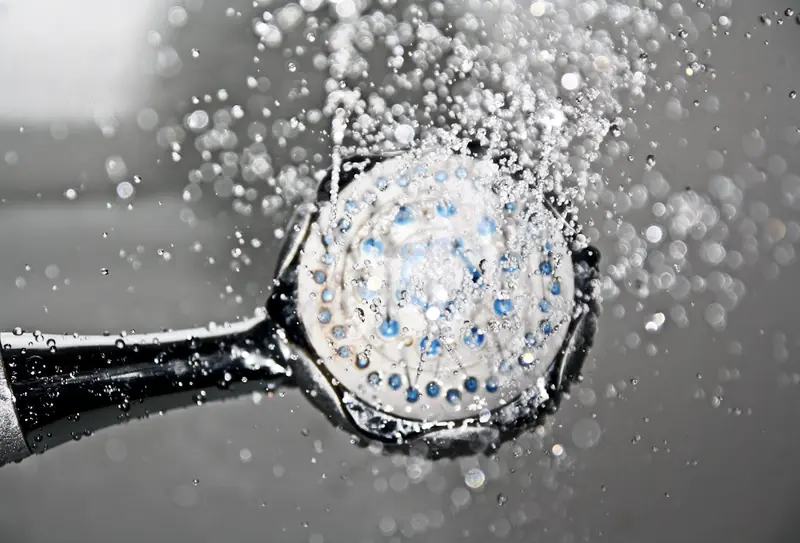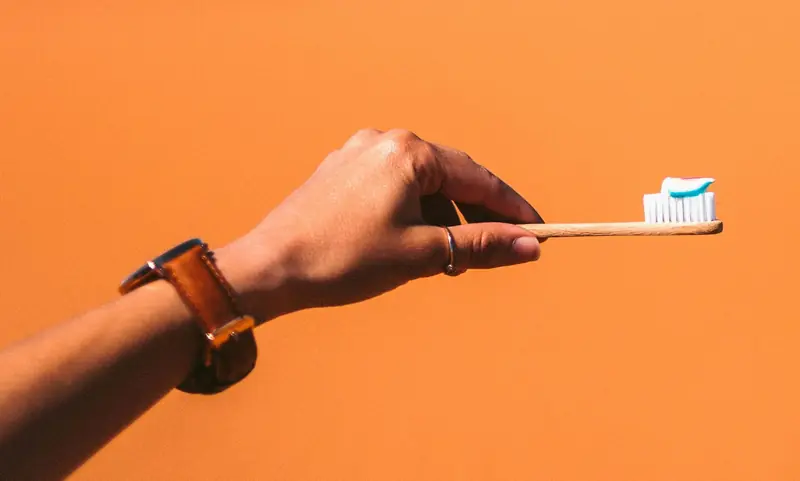
It might not be immediately obvious which items we’re talking about. But it’s simple: it’s the showerhead and the toothbrush.
The bathroom is often considered the cleanest room in the house. However, that’s not the case. A new study from Northeastern University (Boston, USA) urges us to arm ourselves with cleaning supplies the next time we find ourselves in the bathroom.
As part of their extensive research, scientists collected samples from showerheads and toothbrushes across the United States. By sequencing the DNA from these samples, researchers discovered 614 unique microbes living in the bathroom microbiome. Among these “tiny creatures” are many that are unknown to science, as reported by the Daily Mail.
The lead author of the study, Dr. Erika Hartmann, was shocked: “The number of viruses we found is just wild.”

What Do Scientists Think About This?
In reality, the bathroom is an ideal environment for the proliferation of bacteria and viruses.
Although many of us clean it regularly using quality chemicals, that doesn’t mean microorganisms are permanently banished from the space. “Microbes love water. And where is there water? Inside our showerheads and on our toothbrushes. We found many viruses about which we knew very little or nothing at all,” said Ms. Hartmann.
Interestingly, some microbes prefer toothbrushes, while others thrive in showerheads. While the showerhead is home to bacteria typically found in soil and drinking water, toothbrushes are inhabited by species associated with the human microbiome.
Each of these distinct bacterial communities has its own unique set of viruses designed to destroy them.
The most common types found were mycobacteriophages, which infect pathogenic species that cause leprosy, tuberculosis, and chronic lung infections.

The researchers reassured us: since most of the viruses found on toothbrushes and showerheads are bacteriophages, they do not infect humans. Nevertheless, many of us might feel the urge to do a thorough cleaning in the bathroom.
How to Combat This?
Dr. Hartmann recommends regularly soaking the showerhead in vinegar to remove calcium deposits where bacteria thrive. There’s also a simpler alternative: you can wash the showerhead with soap and water.
Experts also advise changing your toothbrush regularly—every two to three months—so it doesn’t get too dirty. The study’s findings were published in the journal Frontiers in Microbiomes.
